Archiving the Past, Present, and Future of Teatro
This summer, I was awarded a research fellowship from the Center for Mexican American Studies-Benson Latin American Collection at the University of Texas, Austin. While researching my project, “Bridging Women in Mexican American Theater from Villalongín to Tafolla (1848-2014),” I was fortunate to learn more about the history of Latina/o theater through having an opportunity to examine original documents, including correspondence, playbills, playscripts, play drafts, notes, and pictures, among many other sources like broadsides, posters, and ticket stubs. My research has inspired me to find new ways to coalesce, communicate, and advocate for the future of Latina/o theater through examining the past.
Several boxes of documents that belonged to Chicano art and theater scholar Tomás Ybarra-Frausto detailed the history of the Chicano Teatro movement beginning in the mid 1960s. These boxes turned out to be a treasure trove of materials that breathed life into a historic movement, allowing me to see first-hand what I had previously only read about in books. For instance, there was correspondence from Nicolás Kanellos of the Revista Chicano-Riqueña asking Ybarra-Frausto for a contribution alongside letters from Jorge Huerta on behalf of TENAZ inviting the scholar to partake in the festival as a critic. Dozens of folders are filled with information regarding TENAZ festivals, including schedules, which give much-needed insight for today’s scholars who were unable to attend the conference. Seeing these documents allowed me to sense a certain level of remembrance and nostalgia that would be impossible to perceive otherwise.
Specifically, while going through one of the folders on El Teatro Campesino, I came across a book highlighting the first twenty years of the company. Although the book included articles and interviews of the primary individuals involved, nothing impacted me more than the stick figure drawing of Luis Valdez on the inside cover. The artist? A five-year-old Kinan Valdez. A few pages later is a photo of Cesar Chavez holding Kinan.
Seeing Kinan as a young child during the beginning of El Teatro Campesino only days after being in the room with him at a meeting of the Latina/o Theater Commons at the Association for Theater in Higher Education Conference in Arizona, was amazing. I immediately sat back and contemplated the history that these archives hold, a history that is still a growing and living organism, led by the little boy in the photograph, a young artist using stick figure drawings as his primary tool. Now, as an adult, Kinan mobilizes theater artists and scholars alike all across the country in an effort to expand the reaches of Latina/o theater.
My experiences doing archival research in Austin led me to question the current state of Latina/o theater and the growing need not only to return to the archives to learn about the past, but the urgent need we have to archive the present for the future.
Archives are a form of memory. They are purposely constructed to preserve specific documents, records, and legacies. As Maylei Blackwell, Michel Foucault, and others have noted, the archive does not offer clear access to the voice of the Other. This is even more pronounced in Latina/o theater, given the temporary nature of performance. In ¡Chicana Power! Contested Histories of Feminism in the Chicano Movement (2011), Blackwell introduces the concept of retrofitted memory which focuses on the ways that the archive, for example, allows us to “forget” certain aspects of history while remembering others. Essentially, if certain knowledge is not preserved, then, it is forgotten, lost, and must be recovered. Moreover, archives privilege written sources, thereby, benefiting those plays, performances, theater makers, and perspectives that were recorded on paper. While these resources are certainly necessary, we also need information provided in interviews, performances, playscripts, and other non-traditional sources in order to construct a full picture of the past.
Given these points, there is a need to create and identify new archival practices that are practical for archiving the present Latina/o theater movement. Focusing on the Theatre on Film and Tape Archive at the New York Public Library for the Performing Arts housed at the Lincoln Center, how can the Latina/o Theatre Commons (LTC) and regional networks such as TANTO of North Texas and the Latino Theater Alliance of Los Angeles work to create digital archives of performances? While the video and digital archiving at the Lincoln Center Library must be commended, it privileges high profile productions and avenues that are more difficult to access by Latina/o playwrights whose work may not come across as universal enough to appeal mainstream theatergoers. Currently, the Theatre on Film and Tape Archive preserves fifty-sixty live recordings a year, covering what it believes to be the “most important productions.” But how does the archive accurately reflect the state of theater in the 21st century if these so-called “important productions” are almost exclusively representative of what is playing on Broadway and at major regional theaters? In this regard, Latina/o theater has been “forgotten,” aside from the occasional Anna in the Tropics or a John Leguizamo production that succeeds in penetrating the mainstream. Nevertheless, the Theatre on Film and Tape Archive can serve as a model for different regions. As Latina/o theater allies, we need to seek ways to bridge theater making, scholarship, and the archive in such a way that what we consider to be important productions are preserved for the benefit of future generations. Perhaps a collective model is best, thereby encouraging regional Latino/a theater alliances to discuss the most efficient ways to preserve digital, film, and video archives in those areas.
In regard to playscripts, we tend to only remember those plays that make it into print, which is a highly complicated and political process that benefits plays that have received productions on Broadway, Off-Broadway, and at regional theaters. With Caridad Svich’s NoPassport Press in mind, we can look to new models to preserve playscripts and open up scholarship and dialogue on plays being written and produced across the country. This would allow scholars to introduce students to new work as well as provide more exposure to less-studied and hardly-ever staged playwrights, thereby making the current movement more inclusive and representative of Latinidad in the 21st century.
Additionally, we need to seek ways to create conversations where Latina/o theater scholars are actively working with playwrights, other scholars, and theatermakers to archive and preserve their legacies for future generations. For example, aside from my archival research at the Benson Collections, my current project centers on Josefina López’s work in East Los Angeles—using mentorship and theater as a way to revitalize the barrio. In a way, I have become the “formal keeper” (to use Tiffany Ana López’s words) of Josefina López’s archives, seeking to preserve her archives and legacy through my scholarship. Through my individual project, I have recorded hours of interviews with López, with playwrights she mentors, with students in her acting and writing workshops, as well as produced peer-reviewed articles and an in-process manuscript.
Given these points, I believe we, as Latina/o theater scholars and allies, need to establish archiving as a pressing challenge to the current work of the Latina/o Theatre Commons. Not only is it necessary to return to the archive to remember the work that has made the work of today possible, but we need to actively create a dialogue about ways to preserve the future of Latina/o theater. What will we choose to archive? What memories will we leave for the next generation? And, while the most pressing question may be “What will be remembered?” more importantly we should be asking “What will be forgotten?”

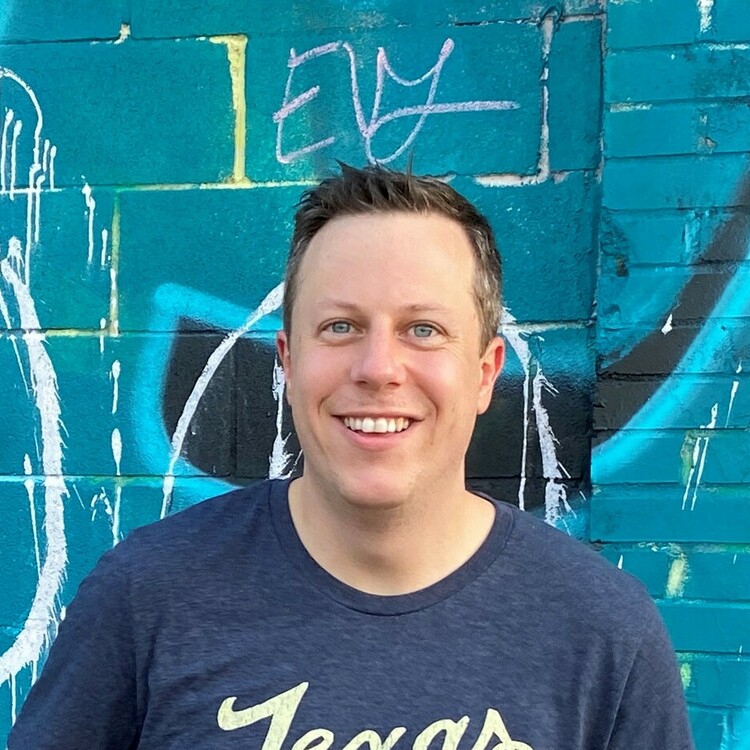
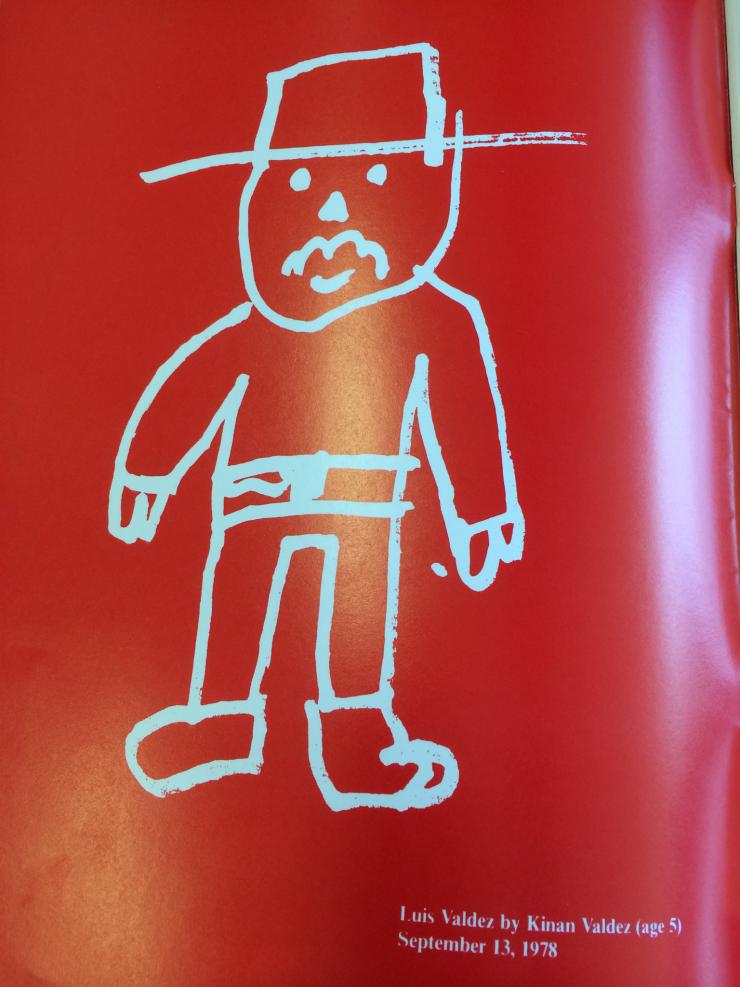

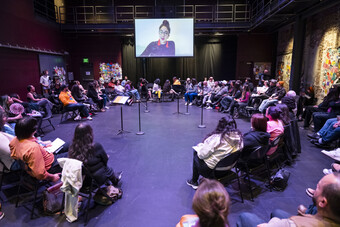

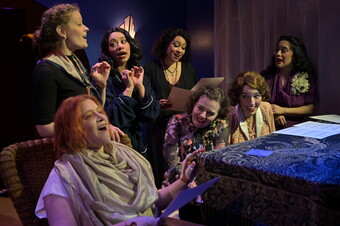


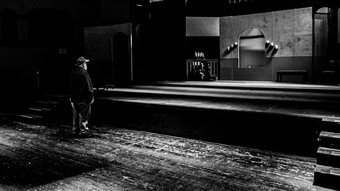


Comments
The article is just the start of the conversation—we want to know what you think about this subject, too! HowlRound is a space for knowledge-sharing, and we welcome spirited, thoughtful, and on-topic dialogue. Find our full comments policy here
Brian Herrera's piece, "Our Digital Present," came out while this piece was being edited, but I would like to add some thoughts in response to him and the discussion on the LTC Facebook page.
Recently, in "Our Digital Present," Brian Herrera discusses the need for digital resources and modes of digital connectivity. In response to Herrera and discussions on the LTC Facebook page, I propose the need to establish an online archive that is capable of addressing concerns about contemporary and historical Latina/o theater as well as providing educational and production-based resources. For example, the Playbill Vault (http://www.playbillvault.com/i... offers users access to digital Playbills, awards, people, grosses, shows, and theaters. While different in scope, the Playbill Vault allows users to "witness" Broadway productions they may have otherwise missed. Imagine being able to search "Elaine Romero" and have immediate access to production images, programs, playwright's notes, interviews, director's notes, and possible even video of performances. If this is happening in other theater circles, then why not us? Why not now? A collaborative digital archive can allow theatermakers and allies to contribute unique content similar to the model Wikipedia has used. This site can serve as the infrastructure that allows the LTC to expand into cyberspace while raising awareness and providing more resources for those involved in the movement. Admittedly, this is easier said than done and funding remains a major issue. Nevertheless, we need to begin discussing possible funding opportunities and/or universities that have the resources to house such a project.
Great article. However, it is not "Young Luis" holding Kinan as a baby, but
a young Cesar Chavez. You can see his love for children in his expression,
but particularly the babies of the UFW/Huelga movement he started! Viva La Causa! Si Se Puede! Unidos Venceremos! etc, etc, etc. Luis Valdez
Thanks for the comments, Luis. Working on the edit now.
Ybarra-Frausto's archive is filled with some amazing things, but the pictures, flyers, posters, etc. from el movimiento and the different TENAZ festivals were the best. There were a lot of moments where I had to just sit back and take a minute to really comprehend what I was seeing.
Loved this piece!! c/s
Brian Herrera's piece, "Our Digital Present," came out while this piece was being edited, but I was like to add some thoughts in response to him and the discussion on the LTC Facebook page.
Recently, in "Our Digital Present," Brian Herrera discusses the need for digital resources and modes of digital connectivity. In response to Herrera and discussions on the LTC Facebook page, I propose the need to establish an online archive that is capable of addressing concerns about contemporary and historical Latina/o theater as well as providing educational and production-based resources. For example, the Playbill Vault (http://www.playbillvault.co... offers users access to digital Playbills, awards, people, grosses, shows, and theaters. While different in scope, the Playbill Vault allows users to "witness" Broadway productions they may have otherwise missed. Imagine being able to search "Elaine Romero" and have immediate access to production images, programs, playwright's notes, interviews, director's notes, and possible even video of performances. If this is happening in other theater circles, then why not us? Why not now? A collaborative digital archive can allow theatermakers and allies to contribute unique content similar to the model Wikipedia has used. This site can serve as the infrastructure that allows the LTC to expand into cyberspace while raising awareness and providing more resources for those involved in the movement. Admittedly, this is easier said than done and funding remains a major issue. Nevertheless, we need to begin discussing possible funding opportunities and/or universities that have the resources to house such a project.